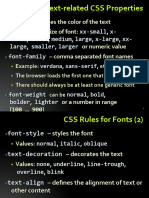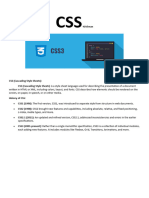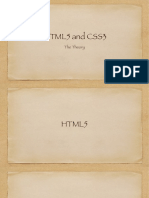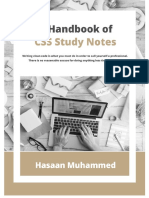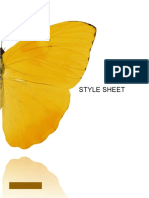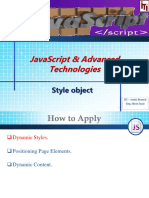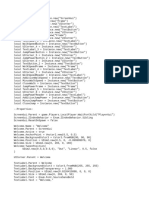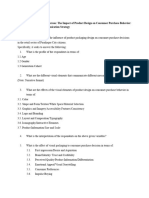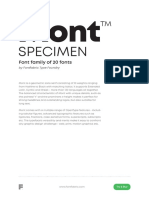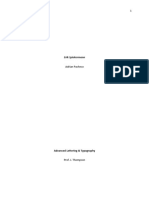0% found this document useful (0 votes)
16 views30 pagesCSS 2
It has the basic knowledge of the css
Uploaded by
arpitagrawal5122003Copyright
© © All Rights Reserved
We take content rights seriously. If you suspect this is your content, claim it here.
Available Formats
Download as PPTX, PDF, TXT or read online on Scribd
0% found this document useful (0 votes)
16 views30 pagesCSS 2
It has the basic knowledge of the css
Uploaded by
arpitagrawal5122003Copyright
© © All Rights Reserved
We take content rights seriously. If you suspect this is your content, claim it here.
Available Formats
Download as PPTX, PDF, TXT or read online on Scribd
/ 30












